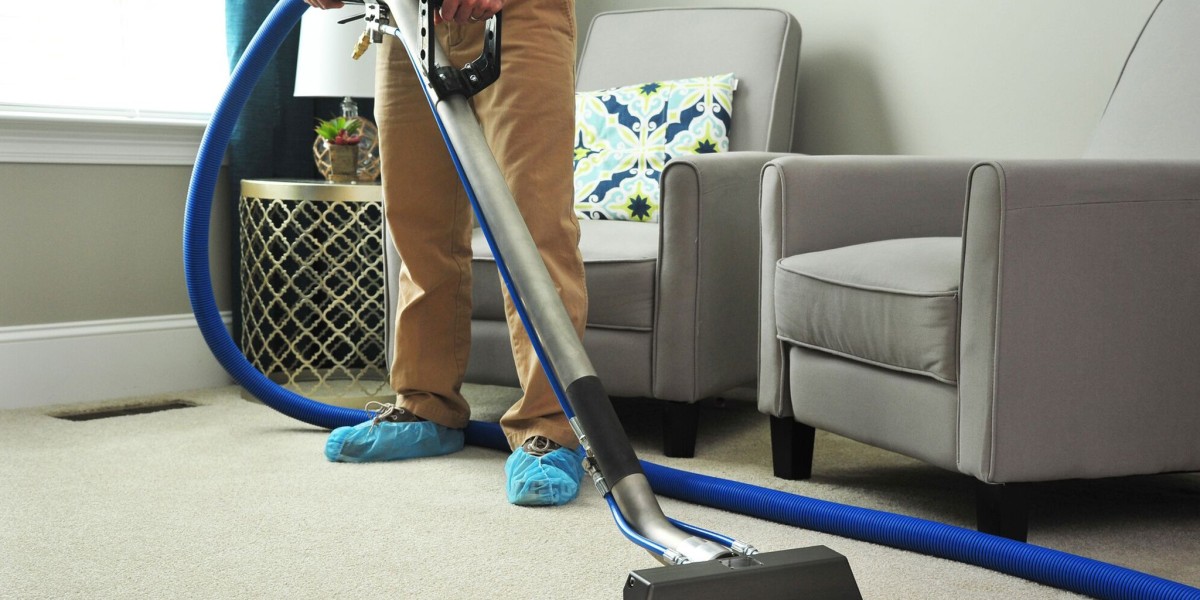Window installation is a critical aspect of home improvement and construction that not only enhances the aesthetic appeal of a building but also improves energy efficiency and comfort. Proper installation is essential to ensure that windows function optimally and provide the intended benefits. This article delves into the various facets of window installation, including types of windows, the installation process, tools required, common challenges, and maintenance tips.
Types of Windows
Before diving into the installation process, it’s important to understand the different types of windows available on the market. Each type serves unique purposes and comes with its own set of advantages.
- Double-Hung Windows: These windows feature two sashes that slide vertically. They are popular for their ease of cleaning and ventilation control.
- Casement Windows: Hinged at the side, casement windows open outward, allowing for maximum ventilation. They are often used in hard-to-reach areas due to their easy operation.
- Sliding Windows: These windows operate on a track and slide horizontally. They are ideal for larger openings and provide unobstructed views.
- Bay and Bow Windows: These windows extend outward from the home, creating a nook inside. They are often used to enhance the aesthetic appeal and provide additional space.
- Picture Windows: Fixed and non-operable, picture windows are designed to offer unobstructed views and allow natural light into the home.
- Skylights: Installed in the roof, skylights provide natural light and can enhance the ambiance of a room.
The Installation Process
The window installation process can vary based on the type of window being installed, the condition of the existing window frame, and the specific requirements of the building. However, the general steps involved in window installation are as follows:
- Preparation: Before starting the installation, it’s essential to gather all necessary tools and materials. This includes a tape measure, level, caulk, shims, screws, and a utility knife. Additionally, it’s crucial to assess the condition of the existing window frame and remove any old window treatments and hardware.
- Measuring: Accurate measurements of the window opening are vital. Measure the width and height at several points to ensure that the new window will fit properly. It’s advisable to take measurements from the inside of the frame.
- Removing the Old Window: Carefully remove the old window by cutting the caulking around the frame and unscrewing any fasteners. If the window is stuck, gently pry it loose without damaging the surrounding structure.
- Preparing the Opening: Inspect the window opening for any signs of damage or rot. Repair any issues before proceeding. Clean the opening to remove debris and old caulk.
- Installing the New Window: Place the new window into the opening from the outside. Ensure that it is level and plumb. Use shims to adjust the fit as necessary. Once in place, secure the window with screws through the frame into the wall.
- Sealing and Insulating: community.wongcw.com/blogs/1102738/Discover-the-Lasting-Benefits-of-Double-Glazing-Watford Apply a bead of caulk around the exterior perimeter of the window to create a weather-tight seal. Additionally, insulation foam can be used around the edges to improve energy efficiency.
- Finishing Touches: Inside, trim any excess insulation and caulk around the interior edges. Install any necessary window treatments and hardware.
Tools Required for Window Installation
Having the right tools at hand is crucial for a successful window installation. Some of the essential tools include:
- Tape measure
- Level
- Screwdriver (both flathead and Phillips)
- Utility knife
- Caulking gun
- Hammer
- Pry bar
- Shims
- Safety glasses and gloves
Common Challenges
While window installation can be a straightforward process, several challenges may arise:
- Improper Measurements: Inaccurate measurements can lead to ill-fitting windows, which can compromise energy efficiency and aesthetics.
- Structural Issues: If the window frame or surrounding structure is damaged, it may require additional repairs before installation can proceed.
- Weather Conditions: Extreme weather can hinder installation. It’s best to choose a dry, mild day to ensure that materials adhere properly.
- Inexperience: For those unfamiliar with the installation process, it may be beneficial to consult or hire a professional to avoid costly mistakes.
Maintenance Tips for Installed Windows
Once the windows are installed, regular maintenance is essential to ensure their longevity and performance. Here are some tips to keep in mind:
- Cleaning: Regularly clean the glass and frames to prevent dirt and grime buildup. Use a mild detergent and avoid abrasive materials that could scratch the surface.
- Inspecting Seals: Check the seals around the windows periodically for any signs of wear or damage. Reseal as necessary to maintain energy efficiency.
- Lubricating Hardware: For operable windows, lubricate hinges and tracks to ensure smooth operation.
- Checking for Drafts: On windy days, check for drafts around the window. If drafts are detected, additional caulking or weather stripping may be needed.
- Professional Inspections: Consider having a professional inspect your windows every few years to catch any potential issues before they become significant problems.
Conclusion
Window installation is a vital component of home improvement that enhances both functionality and aesthetics. Understanding the types of windows available, the installation process, and the tools required can empower homeowners to take on this project confidently. While challenges may arise, proper preparation and maintenance can ensure that your windows serve you well for years to come. Whether you choose to tackle the installation yourself or hire a professional, the benefits of well-installed windows are undeniable, contributing to a more comfortable and energy-efficient home.








